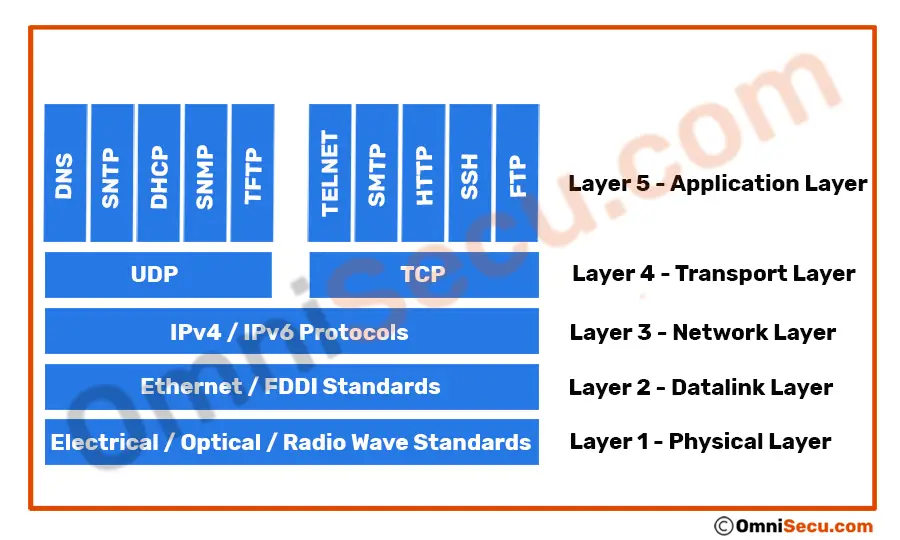
In this case, ALG translates the IP address and port in the following messages:ĮPRT. When using NAT64, ALG must be enabled to allow subscribers to use FTP. In this case, ALG translates the IP address and port in the PORT message. Otherwise, if the subscriber uses the active FTP mode, ALG needs to be enabled. When using NAT44, the subscriber can use the passive FTP mode to work through the NAT with ALG disabled.

NAT supports ALG for FTP, TFTP, PPTP, SIP, RTSP, and DNS. This translation is necessary so that the application server can send a response to a correct public IP address and port. Simply put, ALG does the same thing with application messages as NAT does with the regular IP header.


When an application client sends a private IP address and port in its message, ALG allocates a public IP address and port and translates them in the message. Application Layer Gateway ¶ĪLG is a feature that allows several applications to work correctly when they pass through the NAT.


 0 kommentar(er)
0 kommentar(er)
